- Home
- TV History
- Network Studios History
- Cameras
- Archives
- Viewseum
- About / Comments
Skip to content
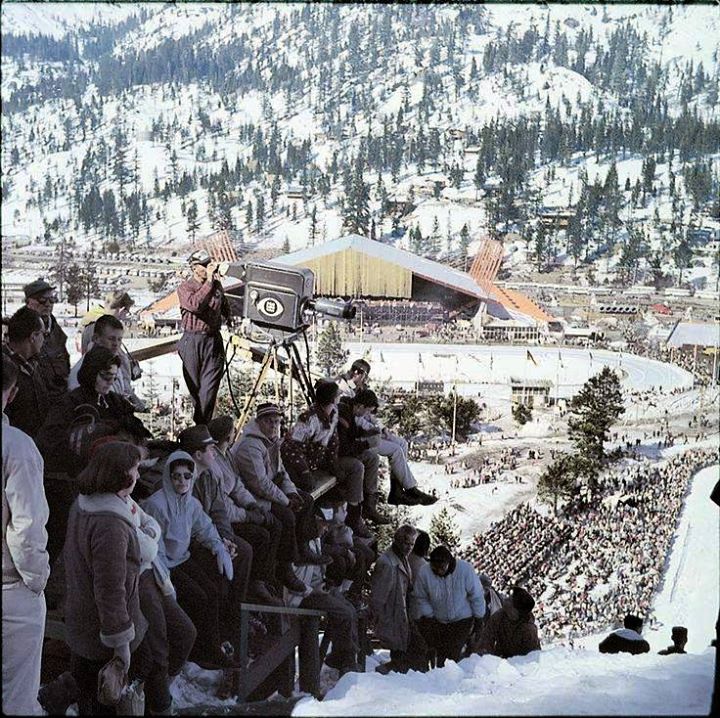

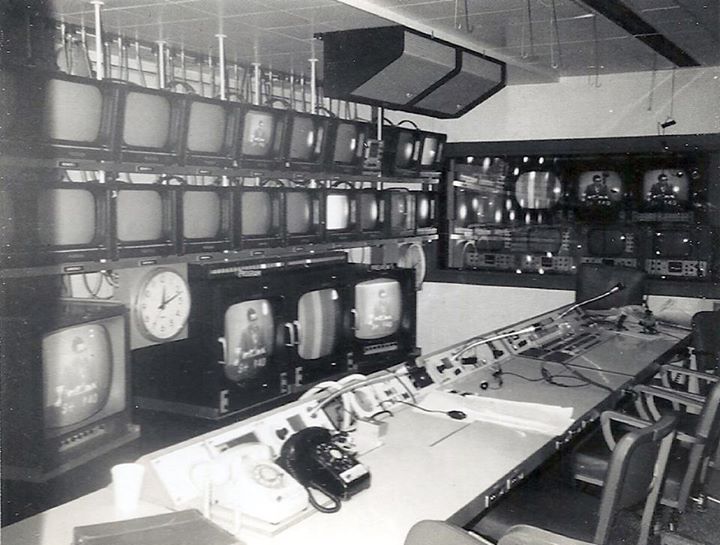

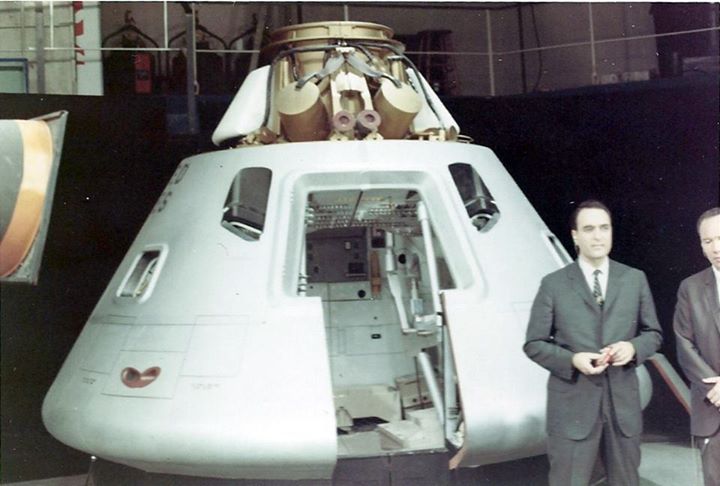

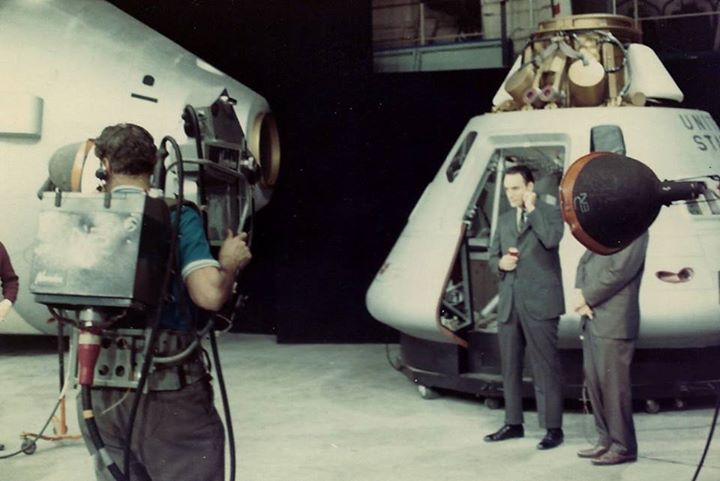

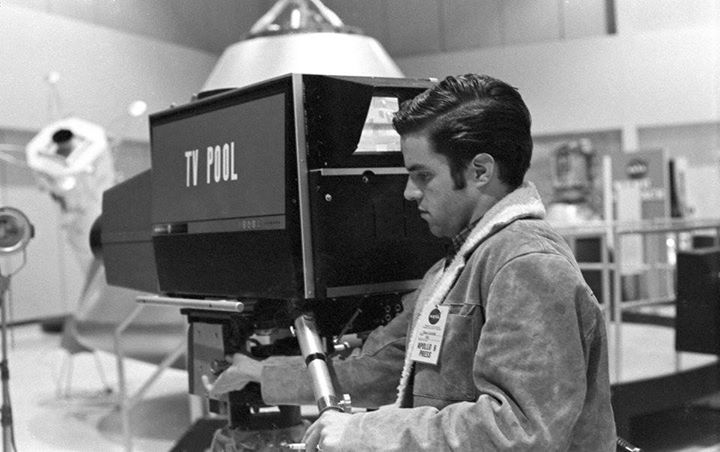

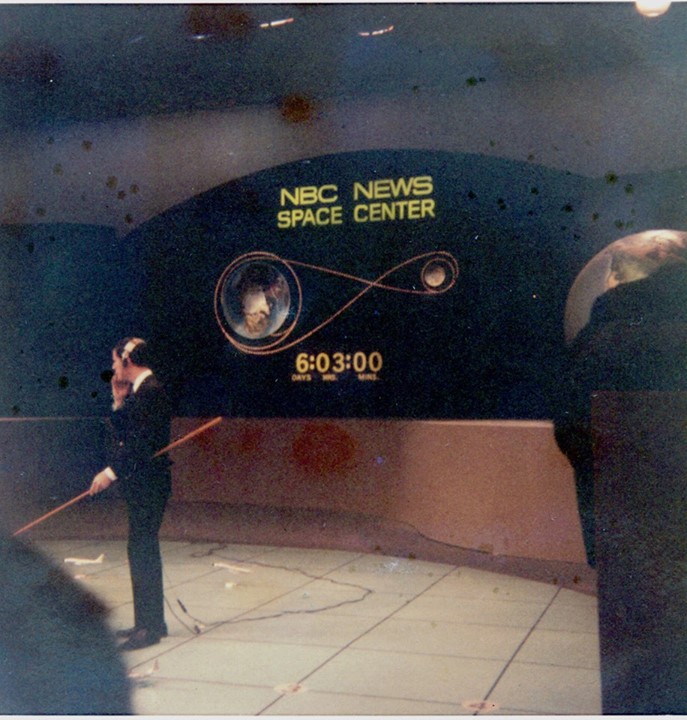



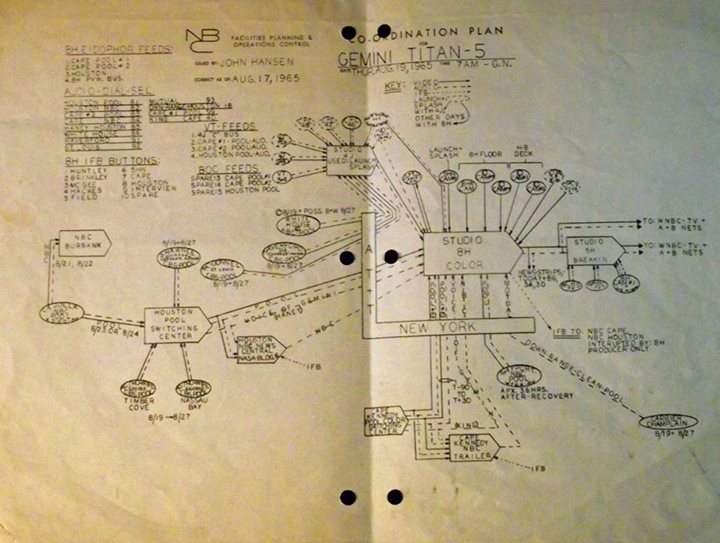

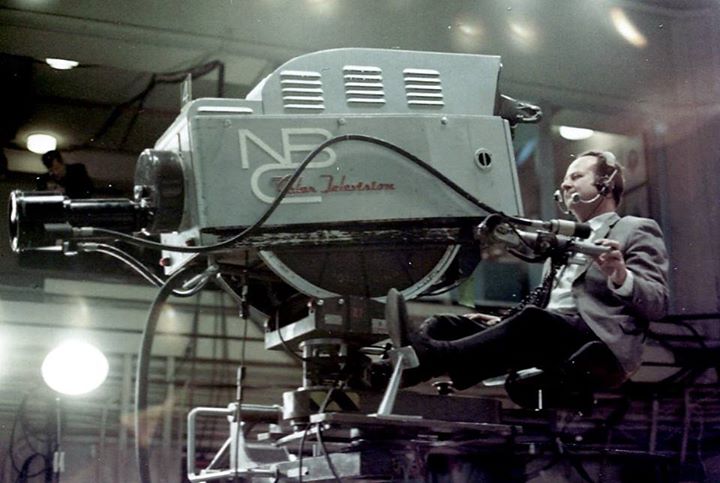

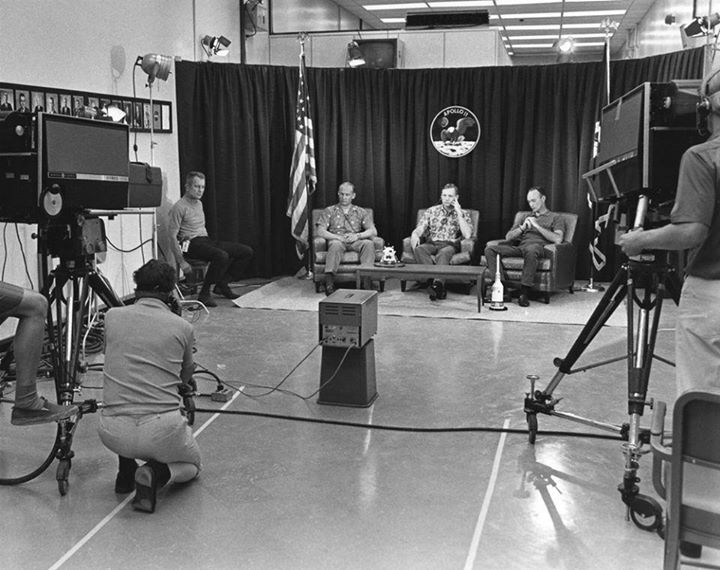

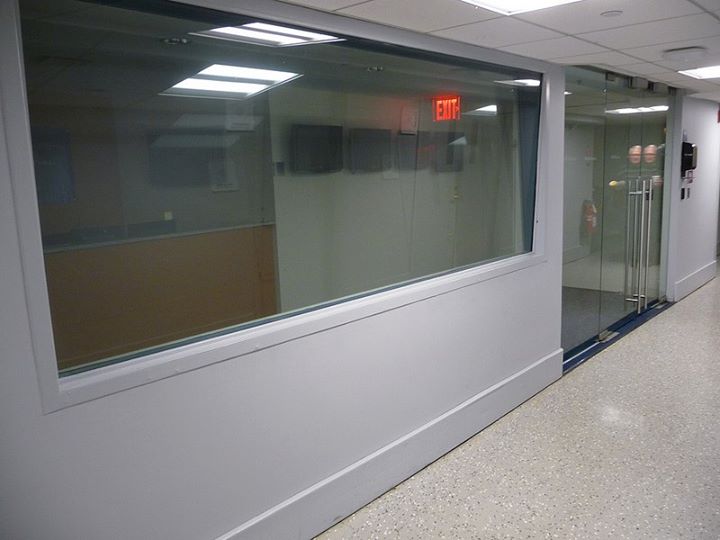

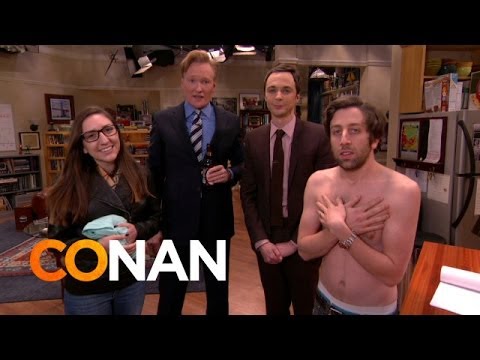

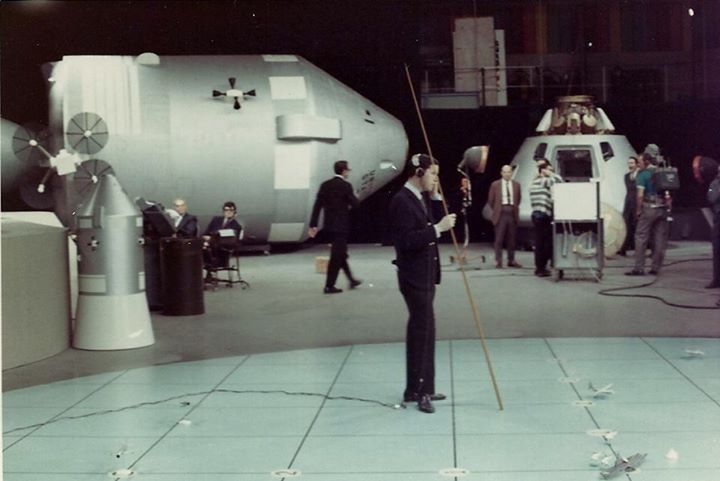

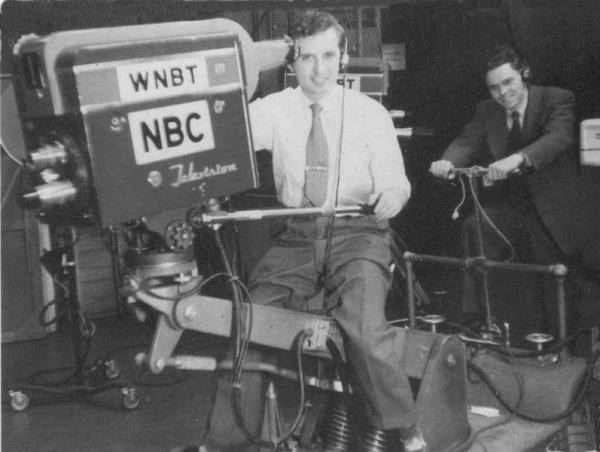

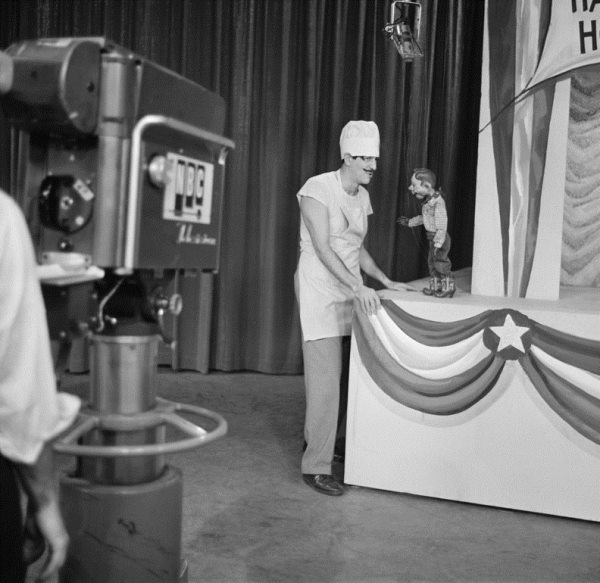



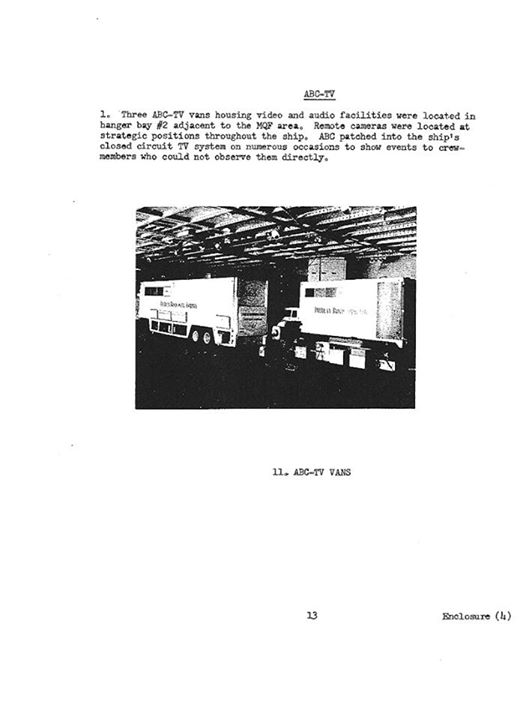





Posts in Category: TV History
Page 89 of 136
« Previous
1
2
3
4
5
6
7
8
9
10
11
12
13
14
15
16
17
18
19
20
21
22
23
24
25
26
27
28
29
30
31
32
33
34
35
36
37
38
39
40
41
42
43
44
45
46
47
48
49
50
51
52
53
54
55
56
57
58
59
60
61
62
63
64
65
66
67
68
69
70
71
72
73
74
75
76
77
78
79
80
81
82
83
84
85
86
87
88
89
90
91
92
93
94
95
96
97
98
99
100
101
102
103
104
105
106
107
108
109
110
111
112
113
114
115
116
117
118
119
120
121
122
123
124
125
126
127
128
129
130
131
132
133
134
135
136
Next » 1960, CBS At Squaw Valley Olympics
On March 9, 2014
- TV History
The Start Of Something BIG! Instant Replay…
In 1960, CBS paid $50,000 for the rights to cover the Winter Olympics in Squaw Valley, but paid $550,000 for the Summer Olympics rights that year which came, via couriered video tape, from Rome. Winter Olympic rights would never again be such a bargain, and sports nor television would ever be the same as this is the first time a video tape playback was used to determine the winner of an event.
During the Games, CBS broadcast 15 and a quarter hours of television focusing on ice hockey, speed skating, figure skating, alpine skiing and ski jumping. During the Games; in the men’s slalom event, officials who were unsure if a skier had missed a gate asked CBS if they could review tape of the event. This request gave CBS the idea for what is now known as instant replay.
While the first near-instant replay system was developed and used in Canada, the first instant replay was developed and deployed in the United States by ABC. During a 1955 ‘Hockey Night in Canada’ broadcast on CBC Television, producer George Retzlaff used a “wet-film”, or ‘hot kine” (kinescope) replay, which aired several minutes later. Slow motion replay was brought across the border to America a few years later by ABC.
CBS Sports Director Tony Verna invented a system to enable a videotape machine to instantly replay on December 7, 1963, for the network’s coverage of the Army–Navy Game. The instant replay machine was a modified quad video tape recorder which weighed 1300 pounds. After a few technical glitches, the only replay broadcast was Rollie Stichweh’s touchdown. It was replayed at the original speed, with commentator Lindsey Nelson advising viewers “Ladies and gentlemen, Army did not score again!” The problem with older technology was the difficulty of finding the desired starting point; Verna’s system used audio tones activated as an interesting event unfolded, which technicians could hear during the rewinding process.
Replay in slow motion from analog disk storage was tried out by CBS in 1965, and commercialized in 1967 by the Ampex HS-100, which had a 30-second capacity and freeze frame capability. Unfortunately one of the few remaining HS-100s was trashed last year as NBC continued the clean out at Burbank. Thank to Kevin Vahey for the great photo of and RCA TK11/31 in action on the ski jump.
Exclusive Photos From NBC Studio 8H: Apollo 8 News Headquarters
On March 9, 2014
- TV History
Exclusive Photos From NBC Studio 8H: Apollo 8 News Headquarters
The First Moon Mission: Part 4
Tomorrow, we’ll see the last three photos from this set, but today we’ll start in the 8H control room on the left. This Polaroid was taken a few days after the mission ended. The control room was on the 9th floor and in those days could be accessed from the studio by a staircase we’ll see soon in 8H game show pix. Back then, there was a lot of use made of the stairs as there was a large bathroom next to the control room. In the center, we see proof that NBC News men did actually walk on water…as Frank McGee strolls over the “ocean”. The cameraman to his left is the great Ben Franklin who was a true color veteran. Bill Goetz is on the Chapman Electra and just under him is floor manager Ed Pendergast adjusting his glasses. On the right, we see Frank Mcgee reporting on the splashdown operations while Don Mulvaney shoots the location of the recovery area with this 60 pound Norelco PCP 70 rig. I think the camera weighed 25 pounds and the rest of the weight is in the backpack and support arm. As always, thanks to NBC’s Bob Batche for being there with his 35mm.
The Story Of Telstar…The First Communications Satellite
On March 8, 2014
- TV History
The Story Of Telstar…The First Communications Satellite
Since we are knee deep in space launches and television’s coverage of them, I thought you would enjoy seeing this 1962 film on how the Bell System, in cooperation with NASA, developed the Telstar satellite, and participated in the launch and the subsequent successful transmission of signals to and from the earth and space.
Exclusive Photos From NBC Studio 8H: Apollo 8 News Headquarters
On March 8, 2014
- TV History
Exclusive Photos From NBC Studio 8H: Apollo 8 News Headquarters
The First Moon Mission: Part 3
On the left is NBC reporter Peter Hackes in front of the Apollo 8 capsule mock up, which is incredibly detailed inside and we’ll see that tomorrow. In the center photo, the man at the podium is stage manager Bob Van Ry, one of the origial SNL stage managers and classmate of SNL director Dave Wilson. Like some of SNL’s larger set pieces, this huge command module had to be brought up the freight elevator in pieces and assembled on stage. On the right, we see Frank McGee at this anchor position with Bill Goetz on the crane. The grey haired man under the camera in the brown jacket is stage manager Ed Pendergast and the balding man in the brown suit is Ed Voss, a top notch audio guy. Thanks to two 35 year NBC vets for their help on this…Bob Batche for the great photos and his friend Joel Spector for putting names with the faces.
Interesting PCP 70 Docking Platform
On March 8, 2014
- TV History
Interesting PCP 70 Docking Platform
On the left, from Bob Batsche’s Apollo 8 photos is Don Mulvaney with the Norelco PCP 70 portable camera. On the right, from Tom McKeever’s Apollo 9 pix is NBC engineering’s ingenious, “homemade” docking platform for the PCP 70 mounted on a pedestal. I don’t think the dock was made to operate from, but it’s a convenient place for Don to park his rig and give his knees a rest.
Apollo 8 Pool Coverage
On March 8, 2014
- TV History
Apollo 8 Pool Coverage
If you studied yesterday’s NBC operations coordination plan from Gemini 5, you saw the back bone of a structure that had been in use from the Mercury days on, and would be used through the Apollo missions. There would be changes and different assignments occasionally, but a routine familiar to all the players was a good thing. For coverage from NASA’s Manned Space Flight Center in Houston, NBC relied on KPRC’s GE PE 350s for their news reporting and pool feeds. Below is KPRC’s Steve Corbit on the scene in December 1968. Thanks to Art Hackett and Fred Schultz for the photo.
YOU WILL NOT BELIEVE THIS, But It’s TRUE!
On March 7, 2014
- TV History
YOU WILL NOT BELIEVE THIS, But It’s TRUE!
Amazingly, I have just received an entirely new set of 30 photos from the NBC 8H Apollo 8 set, TAKEN AT THE SAME TIME as Bob Batsche was taking his! Tom McKeever’s photo of the elapsed time clock is on the bottom…Bob Batsche’s photo is on the top! I’m buying a Lotto ticket today! Tomorrow, I’ll post the more of Bob’s photos, and start with Tom’s, Unbelievable! What a great crew we have here! Thanks to ALL! Bobby Ellerbee
Exclusive Photos From NBC Studio 8H: Apollo 8 News Headquarters
On March 7, 2014
- TV History
Exclusive Photos From NBC Studio 8H: Apollo 8 News Headquarters
The First Moon Mission: Part 2
As mentioned in the post just before this, the TK41 solo photo post, there was another anchor position which can be seen in the photo on the left. The darker space is a “green room” for guests, and in the lighted space, we can see what looks like Chet Huntley at the anchor desk. I think Huntley and Brinkley used this 9th floor space most, as John Chancellor and Frank McGee were usually posted at the anchor desk on the studio floor, but John and Frank would alternate up here too. I don’t think this was a permanent broadcast space, but with as many big missions as there were, it may have been kept available for several years. The middle photo shows the orbit map and elapsed time clock showing us that this whole set of 12 photos must have been taken at splash down on December 27, 1968. On the right is the studio’s “ocean floor” which shows the position of the recovery teams for several of the possible splash down points. Thanks to NBC’s Bob Batsche for being there and getting these great pictures.
Gemini 5, NBC Operations Coordination Plan: August 1965
On March 7, 2014
- TV History
Gemini 5, NBC Operations Coordination Plan: August 1965
This is a fascinating look at what it took to make it all happen. At NBC, 8H was ground zero and all of the NASA and pool feeds came in here via AT&T. Take a look at all of the locations ABC and CBS are pooling from. Of course NBC is feeding the pool too from lots of locations. Remember, this was all pre-satellite days and Ma Bell had to be in the loop weeks ahead of all this. Many thanks to our friend Gady Reinhold for this. Tomorrow, I’ll show you the map of CBS New York studios Gady just sent along with more CBS floor plans and spec sheets from 1960. Enjoy and share!
Flying Solo…NBC 8H Coverage Of Apollo 8
On March 7, 2014
- TV History
Flying Solo…NBC 8H Coverage Of Apollo 8
This shot was so cool, I just had to post it separately! This beautiful picture of an RCA TK41B shows cameraman Bill Goetz on the Chapman Electra crane in late December of 1968 in 8H. Behind the camera, you can see glassed in rooms. We’ll see these again in other shots, but for those of us old enough to remember, Chet Huntley and David Brinkley would team up in New York for space coverage and the brighter space on the right would be transformed into a birds eye anchor position for them…almost like sky booths at the political conventions. The darker room on the left was kind of a “green room” for guests and clients. I’m not sure, but I think that space may now be Lorne Michaels office. Thanks to former NBC cameraman and engineer Bob Batsche for being there with his 35mm camera.
That’s One Small Step For Man…Leading up to the Apollo 11 Launch
On March 6, 2014
- TV History
That’s One Small Step For Man…
Leading up to the July 16, 1969 launch of Apollo 11, and continuing through their July 24th return, the eyes of the entire world were fixed on the three men seen here in a live interview with an unknown network. From left to right is Buzz Aldrin, Neil Armstrong and Michael Collins…the crew of Apollo 11. Armstrong was the first man to ever set foot on the moon, followed by Aldrin with Collins in the orbiting command module. These two GE PE 250s could be in the NASA building in Houston, but I think they are at NASA in Florida. NBC’s Houston affiliate had 250s, but so did some of the locally used auxiliary mobile units in Florida. Many thanks to our friend Martin Perry in Dallas for the photo.
NBC Studio 6E, The “News Nooks” & Weekend Nightly News Studio
On March 6, 2014
- TV History
NBC Studio 6E, The “News Nooks” & Weekend Nightly News Studio
On the left is the entrance to NBC Studio 6E which has 4 small studios and control rooms. Others 6E studio photos will follow, but today we are looking at Media Room 1, which is where Lester Holt does the ‘NBC Nightly News, Weekend Edition’. The desk should look familiar as it from the main 3C ‘Nightly News’ set and was first used by Tom Brokaw, and later Brian Williams. It was used there from 1998 till 2008, when The Global Media Center in 6E came into being. As always, our thanks to our friend Dennis Degan for the new photos he took this week for this series on 6E.


Conan & Jimmy Parsons Take A Trip To The ‘Big Bang’ Set
On March 6, 2014
- TV History
Conan & Jimmy Parsons Take A Trip To The ‘Big Bang’ Set
Somewhat like yesterdays Letterman video that gave us a good look at 6A, here’s a fun and interesting look at Conan O’Brien’s Warner studio, just a couple of doors up from ‘Big Bang’, which we’ll also see. Here’s the golf cart trip and a live look inside both studios.
https://www.youtube.com/watch?v=wRn69ytYRoc
Jim treats a CONAN audience member to a very special souvenir from “The Big Bang Theory.” More CONAN @ http://teamcoco.com/video Team Coco is the official Yo…
Exclusive Photos From NBC Studio 8H: Apollo 8 News Headquarters
On March 6, 2014
- TV History
Exclusive Photos From NBC Studio 8H: Apollo 8 News Headquarters
The First Moon Mission: Part 1
Apollo 8, the second manned mission in the Apollo space program, was the first manned spacecraft to leave Earth orbit, reach the Moon and orbit it. This mission gave us the instantly famous “earth rise” photo. The three man crew was Commander Frank Borman, Command Module Pilot James Lovell, and Lunar Module Pilot William Anders. Their closely followed mission took place at Christmas time, launching on December 21, 1968 and returning on the 27th.
While on Christmas holiday, NBC cameraman Bob Batsche stopped in to wish some friends happy holidays and thankfully took his camera with him. These are the first three of a dozen that I will post here. More details are on the photos, so please click there and share these amazing, never before seen images.
It’s Howdy Doody Time…And Places
On March 5, 2014
- TV History
It’s Howdy Doody Time…And Places
When the show started in 1947, it originated from NBC’s first TV studio 3H. Up top is our old friend Frank Merklein with his trusty TK10 on the Doody set in 3H. Posing with Frank as the dolly man is the show’s director Sandy Howard. 8G came on line in 1948, but it wasn’t until that studio was equipped with the new TK11s in 1952 that the show moved there (center).
When 3H and 3F were combined to make a large color studio, the first inside NBC, it was renamed 3K (bottom) and Howdy moved there and became NBC’s first daily color show. As I said, 3K was the first in house color studio (Colonial Theater was the first NBC color facility) and next up for in house color was 8G followed by 8H. NBC Brooklyn debuted in September of ’54 at the same time 3K came online as a color studio.
It’s Howdy Doody Time??? The X Rated, Ultimate Inside Story!
On March 5, 2014
- TV History
It’s Howdy Doody Time??? The X Rated, Ultimate Inside Story!
This is the only place you will ever read about of some of the backstage shenanigans on the world’s most famous kids show. Let me start by saying that these things only happened in rehearsals. When children were on the set, everything was squeaky clean and on the up and up, but…it was a different story when they weren’t.
What follows is a first hand account from our old friend Frank Merklien who started as an NBC cameraman in March of 1948. Till 1961, Frank worked almost every show and was one of the first to work at NBC’s first color studio at The Colonial Theater. He was on Camera 2 on the ‘Today’ show’s debut and shot Howdy Doody in black and white and color.
Both events took place long before anyone had ever even thought of sexual harassment, so with the stage set, here we go, and speaking of stages…that’s where part one takes place. Although the show started in Studio 3H, Howdy was done from 8G for a few weeks for some updates in 3H.
It seems that the puppet stage was put up in front of a window in 8G that tour guides liked to bring visitors to. For that week, it blocked the view of the studio as the raised stage, the puppet masters stood on, backed up almost to it and on their first day in 8G, everybody on the tour got a real eye full! The very tall Dayton Allen played Pierre The Chef and was the voice of Mr. Bluster. The very short Rhoda Mann was then the voice of Howdy. As they stood on the raised platform, the ever playful comedian that he was, Dayton Allen introduced Rhoda and Howdy to “Mr. Ding Dong”. Yes. He whipped it out. As fate would have it, naturally there was a tour group outside the window and as the story goes, the female page leading the very surprised group fainted. Both Mann and Allen were fired on the spot by Buffalo Bob.
Speaking of Buffalo Bob Smith, he had a playful streak too! Usually the straight arrow, Bob had one favorite target…the production secretary. Live spots were a fact of life and occasionally had to be done from a set behind the camera that faced away from the kids. It so happened that one of these had to be done with Bob seated to the left of a prop with the product in his left hand. The newly rewritten script was being held by the production secretary who was sitting to the left of Bob, and very close. As he read the script live into a tightly framed shot, he put his right hand on her leg and began moving it up, ever so slowly. It was a two page script and, since she was using both hands, could not stop the advancing hand, or so Bob thought. She managed to give him a good stomping with her left high heel and he let out a surprised yelp. Only the production secretary, the host and the cameraman, our buddy Frank, ever knew why.
Up top is Dayton Allen as Pierre The Chef, in the center Rhoda Mann and on the bottom, an Allan character colage from other shows.


February 15, 1982, WE Were David Letterman…Sort Of
On March 5, 2014
- TV History
February 15, 1982, WE Were David Letterman…Sort Of…
Beautifully shot from David’s point-of-view, this opening segment starts in this dressing room and gives us a great look at NBC Studio 6A. I posted this a couple of years ago, but thanks to Andy Rose, here it is again with some names to the faces that Andy has provided. Associate Director Pete Fatovich is in the red shirt. Producer Barry Sand has curly white hair and a mustache. Head Writer Merrill Markoe (David’s then girlfriend) has long straight hair and is seen just before he enters. Barbara Gains (now Executive Producer) is in burgandy standing between a TK44 and Andy Rooney. The first man we see may be Executive Producer Jack Rollins, but I’m not sure. Who else can you name that we see?
http://www.youtube.com/watch?v=T_-EUjOEFr8
An interesting opening from “Late Night With David Letterman”, from the host’s perspective. Aired February 15, 1982 – the 9th show of the series.
The History Of Live Pool Splashdown Coverage…Part 3
On March 5, 2014
- TV History
The History Of Live Pool Splashdown Coverage…Part 3
Our friend Jodie Peeler has written a great three part story on this subject with lots of detail, linked video and photos that I am proud to present here. Unlike today, bringing live television pictures from a ship at sea was a whole new ballgame and in this series, we’ll learn how it was done. More details on the photos, so click on all included this this post. Thank You Jodie! Bobby Ellerbee
“So now that we’ve discussed the capabilities, what about all the support equipment? These diagrams from Hornet’s Apollo 11 and Apollo 12 Cruise Report shed some light on the equipment and where it was located.” Jodie Peeler


Walter Cronkite’s First Night As CBS News Anchorman
On March 4, 2014
- TV History
Walter Cronkite’s First Night As CBS News Anchorman
It was 6:45, Monday April 16, 1962 when Walter Cronkite delivered his first news cast as the new anchor of ‘The Evening Edition Of CBS News’. His new set was in Studio 41 at Grand Central which had also been where Douglas Edwards had delivered the news, but for many years, Edwards’ show was done from one of the four CBS studios ( #53, 54, 55 and 56) at Liederkrantz Hall. For several years after leaving the anchor chair on CBS, Edwards headed the evening news on WCBS-TV.
Edwards subsequently moved back to CBS Radio, where he delivered the network’s flagship evening newscasts ‘The World Tonight’ for many years. Until his retirement on April 1, 1988, he maintained at least a small role within CBS television news, anchoring a five-minute mid day newsbreak at 11:55. He also served for a time as a co-anchor of the ‘CBS Morning News’. His last radio newscast included a report of the death of singer Andy Gibb.
https://www.youtube.com/watch?v=VjZV2UDEG2A&ab_channel=CBSNews


The Nearly Lost Art Of Live Crane Work…
On March 4, 2014
- TV History
The Nearly Lost Art Of Live Crane Work…
I can’t write this without thinking of our friend John Pinto and his talented crew on the Chapman Electra at ‘Saturday Night Live’. In the US, that is the only show left that uses a stage crane. The BBC’s equivalent to John and his predecessor, the late Al Camoin, is the late Ron Green. In this great video, Ron shows us how it’s done. The first part is the performance and the second, an overhead view and split screen of Ron shooting the performance with amazing grace (no pun intended). Enjoy and share. Thanks to Bill Jenkin in the UK for sharing this.
http://www.youtube.com/watch?v=rteHG-m5BwE&feature=youtu.be
Ron Green shows how it was done.
Page 89 of 136
« Previous
1
2
3
4
5
6
7
8
9
10
11
12
13
14
15
16
17
18
19
20
21
22
23
24
25
26
27
28
29
30
31
32
33
34
35
36
37
38
39
40
41
42
43
44
45
46
47
48
49
50
51
52
53
54
55
56
57
58
59
60
61
62
63
64
65
66
67
68
69
70
71
72
73
74
75
76
77
78
79
80
81
82
83
84
85
86
87
88
89
90
91
92
93
94
95
96
97
98
99
100
101
102
103
104
105
106
107
108
109
110
111
112
113
114
115
116
117
118
119
120
121
122
123
124
125
126
127
128
129
130
131
132
133
134
135
136
Next »